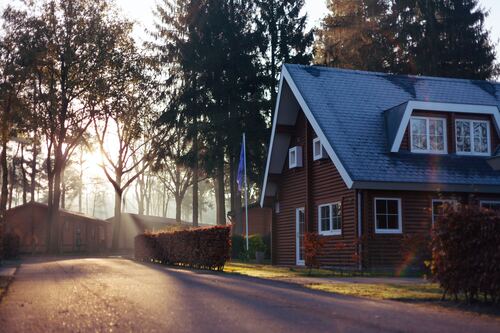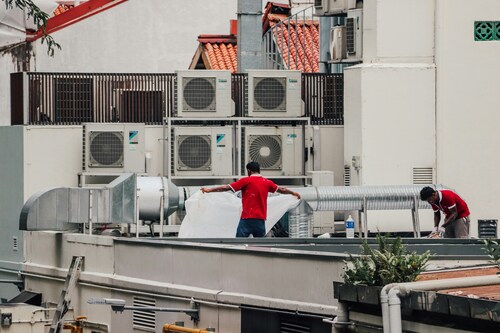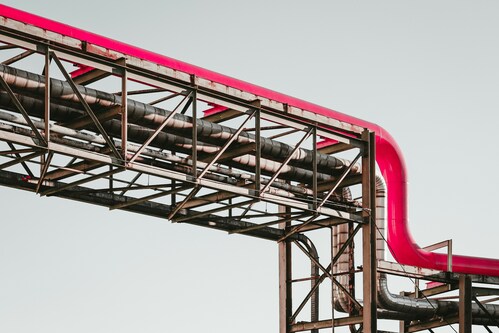The sheer importance of a well-maintained roof cannot be overstated. It’s one of the most fundamental components of your home — it shields you from the elements, safeguards your interior, and helps maintain comfort through insulation. Beyond that, a sound roof enhances curb appeal and preserves property value. That’s why routine maintenance and the early detection of early signs of roof trouble matter so much. Homeowners who spot issues early save money, reduce stress, and prevent small issues from ballooning into expensive repairs. In this article, we’ll walk through common signs of roof damage, key inspection zones, how weather plays a role, DIY detection tips, and when you really need a pro on your roof.
Common Signs of Roof Damage
Recognising the onset of roof issues is pivotal to promoting roof longevity. One of the most visible signs are missing and broken shingles, lending themselves as clear indicatives of roof damage. These are often attributable to harsh weather conditions such as high winds or fallen debris from overhanging trees. Inside your home, water stains appearing on ceilings and walls are indicative of potential leaks, requiring immediate attention to avoid accumulating damage over time. If your gutters are clogged with granules, this could mean the erosion of your roof shingles, indicating that their protective layer has worn off over time. Another sign to watch out for is the growth of moss or mould on your roof as they can retain moisture causing shingles to lift or even cause them to rot.
Key Areas To Inspect Regularly
When it comes to maintaining a well-functioning roof, consistency is key, and regular inspections are a must. One key area to consistently monitor are the roof valleys, the points where two roof slopes intersect, as these areas are most vulnerable to leaks. Flashings, the metal pieces installed to prevent water seepage around chimneys, vents, and skylights, can pull away over time or corrode, resulting in vulnerabilities in the roofing. Gutters and downspouts are also integral to the overall health of your roof as they efficiently direct rainwater away, reducing the chances of standing water, which can eventually infiltrate under the shingles and cause damage. Moreover, evaluating the area where the chimney interfaces with the roof is important, as if left unchecked, cracks or gaps could allow unwanted water infiltration, leading to potential rot or leaks.
How Weather Impacts Your Roof
Australia’s climatic diversity throws up unique challenges in terms of roof care. Heavy rains, for instance, can cause immediate damage by wreaking havoc on weak spots in your roofing. Snow, although less common, can impose immense weights on your structure, and the following melt could potentially seep under the roof shingles, causing water ingress. Windstorms can dislodge shingles and expose susceptible parts of the roof. Moreover, temperature fluctuations also contribute to roof damage as the repeated expansion and contraction of roofing materials could pave the way for the formation of cracks and even warping. Lastly, continuous UV exposure, while subtle, can degrade the materials significantly over time. However, developing preventive strategies, such as using weather-resistant materials, reinforcing weak areas, and thorough inspections post-intense weather events, can prevent catastrophic damage.
DIY Tips for Early Detection
While professional inspections are critical, homeowners can also undertake basic inspections to detect roof problems early. You can start by visually scanning your roof regularly, looking out for obvious signs of wear or damage. Regularly clear debris from your gutters and roof to ensure that your home’s drainage systems operate effectively and that efficient water flow is promoted. Tools such as sturdy ladders, soft-soled shoes can help you safely conduct these inspections. However, if you observe more subtle signs such as minor leaks or warping of shingles, do not hesitate to call in a professional. Keep in mind, early signs of roof trouble can often be elusive and tricky to detect without professional input.
Professional Roof Assessments
While basic inspections are beneficial, there’s no substitute for professional roof checks. Certified roofing professionals can provide comprehensive reviews of your roof’s condition and pick up on issues that could be easily overlooked by an untrained eye. They employ specialised equipment like infrared scanners to detect trapped moisture in areas inaccessible or less apparent. Selecting an effective roofing inspector can be aided by checking their credentials, looking into past reviews, and determining whether they follow the standards laid out by the industry. These professional assessments could help to identify early-stage damage, allowing an opportunity for timely repairs, saving you from more severe roofing complications down the line.
Conclusion
Regular roof inspections, prevention strategies and understanding the importance of early damage detection are the cornerstones of effective roof maintenance. A proactive approach to maintaining your roof’s health can extend its lifespan, economise on potentially significant repair costs, and give homeowners peace of mind knowing their property is well-protected. It’s ideal for homeowners to create a maintenance routine that involves inspecting key areas, understanding the impact of various weather conditions on the roofs, and knowing when to seek professional assistance. A well-maintained roof improves not just the physical appeal and market value of a home, but also ensures safety, insulation, and comfort for its inhabitants, reinforcing the need for professional checks for comprehensive and in-depth assessments.




